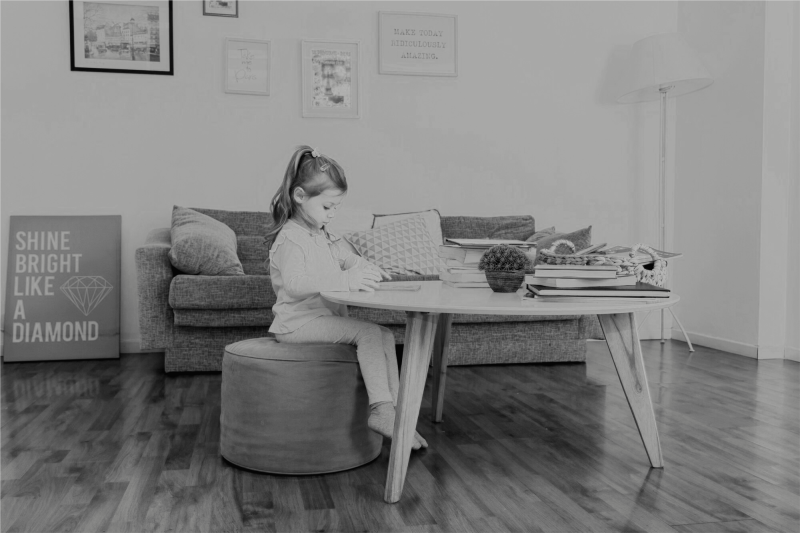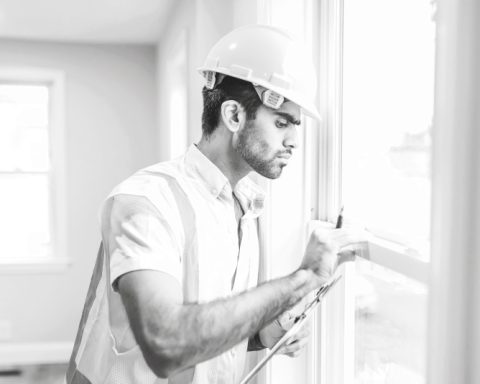Your place is your sanctuary, your own “home sweet home.” Be it an apartment, a rental, or an actual property to your name, it’s a unique place where you can truly be yourself. A space for your favorite things, appliances that make life easier, and whatever you pick up as you live.
But wait. Try to look around your place for a second. Isn’t it a bit more cramped than before? Every home on Earth seems to end up the same — because life doesn’t stop. It keeps getting more complicated, and you end up with more stuff. Where will you put your new appliances? Should you declutter or move to a bigger space? Or maybe you can make more room with the available spaces?
This article will help you find the answers. It will discuss how you can create multifunctional spaces in your “home sweet home.” It will offer valuable tips and ideas for turning available single-use rooms into multipurpose areas, making your spaces far more functional.
So, read along to start transforming your homes into efficient multifunctional spaces!
Why multifunctional spaces are essential for modern living
If you’ve realized you have less space, creating multifunctional spaces can be your solution.
This means expanding the function of a space to an active (or main function) and a passive one. For example, your bedroom’s active function is to provide a place to sleep. Meanwhile, the passive function could be a workspace.
However, it is good practice to assign each room a specific purpose. After all, doesn’t having a single-use room give you a specific place to store things and perform certain activities?
That’s usually the case. But, it can be challenging if you already have a small space to begin with — which is the case for millions of people in the urban US. So, what is it about a multi-purpose room that it’s a must-have nowadays?
Maximizing small spaces
Typical modern-day living has more compact spaces. Expanding the functions of available rooms is crucial for these types of dwellings.
For example, the kitchen can double as a dining area by placing the kitchen cabinet and dining table in one area. This multifunctional arrangement allows the rooms to accommodate different activities without increasing the room size or adding new rooms (which is often impossible for renters).
Adapting to changing needs
Lifestyle changes follow as the homeowners’ or residents’ personal lives evolve. This also happens when a family transitions from one milestone to another. As such, the living places may have to serve an entirely different purpose than before.
For example, a couple may finally welcome a newborn, thus converting a study into a baby room. This can be achieved by expanding the bedroom to accommodate the baby’s necessities, showcasing how multifunctional spaces can provide flexible function.
Boosting home value
Multifunctional renovations can also add value to your current living space. It provides a complete variety of rooms within the available compact space instead of larger living arrangements. This improvement also provides additional value by being affordable while giving full functionality.
Read more: Boosting Property Value Through Home Improvement
How to create multi-functional spaces
You already probably understand how valuable it is to have a multi-purpose room. It helps you maximize small spaces without having to reconstruct your home. It offers flexibility by accommodating your changing lifestyles and life transitions and adds value to your home.
In the next part of the article, you will find different tips for creating multifunctional spaces. You’ll find ways to improve your home or residential area by using certain furniture, zoning, storage, and designs. These tips will help you create not only a functional space but also an aesthetic one.
Use flexible furniture
Flexible furniture is designed to serve multiple functions for homeowners and renters.
Choose ones that fulfill your needs and fit your space. Flexible furniture will allow your space to transition between functions with ease. Here are some recommendations:
- Use fold-out desks as both your workspace and dining table
- Invest in murphy-beds to turn your bedroom into a living room
- Use extendable dining tables to accommodate more people together
Divide spaces with creative zoning
Multi-purpose space means your room will have overlap functionality. By creating different zones, the room will maximize each function assigned to it. Here are some recommendations that will help create an illusion of one room having a distinct place for different activities:
- Use dividers to separate the private area from the communal one
- Use shelves to act as a room partition
- Incorporate a variety of rugs or lighting to separate areas visually
Incorporate smart storage solutions
Smart storage solutions help you to organize things.
Assess which things are used frequently and how to store them in accessible places. When considering flexible furniture, opt for one with hidden storage, such as a bed with under drawers or benches with storage underneath.
Also, consider incorporating built-in cabinets, such as bookshelves or wall units.
Focus on versatile design elements
Color and decoration can complement the different functions associated with a room.
Choose neutral and adaptable colors, such as gray or white, to match the room’s various flexible furniture. You can also use the colors to match the function assigned, such as calm-inducing colors for the bedroom and relaxation space.
To enhance the room’s appearance, opt for a timeless decor style suitable for various occasions or activities.
Read more: Form Meets Function: The Essential Guide to Balanced Home Decor
Utilize vertical space
Vertical spaces can free up your floor area.
In addition to high storage solutions such as bookshelves or wall units, you can use vertical hooks to store separate items like keys or umbrellas. To open up more space, you can also stack small shelves instead of lining them on the floor.
This ensures your things are kept safely without taking up much floor space.
In conclusion
Now you know how to make more room in your “home sweet home!” You won’t have to worry about lifestyle changes, placing new furniture and appliances, or moving to a bigger space. Creating a multi-purpose room can help accommodate your needs in your own home.
Use foldable and extendable furniture to free up floor space, or use shelves or lighting to zone your space. You can also combine hidden and vertical storage to clear up more space. These tips can help you turn available rooms into multi-purpose ones.
Now, you can start transforming your homes into multifunctional spaces!
If you would like to see more resources on home improvement, check out the Home Organization Science Labs. The lab uses the research of the Institute for Life Management Science to produce courses, certifications, podcasts, videos, and other tools. Visit the Home Organization Science Labs today.
Photo by Freepik



